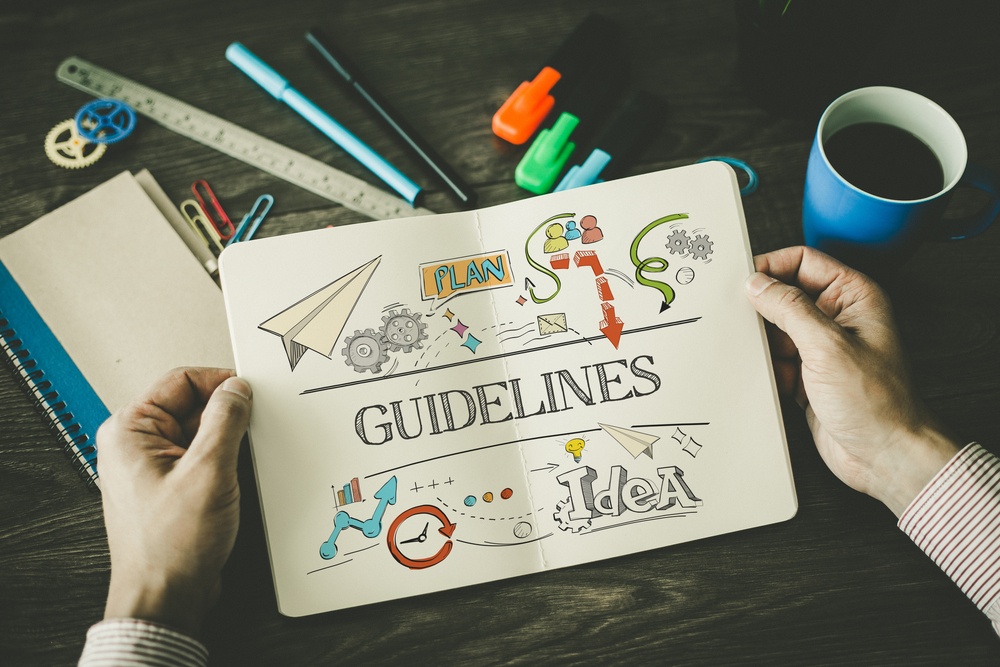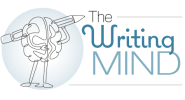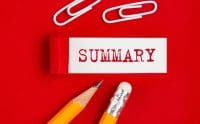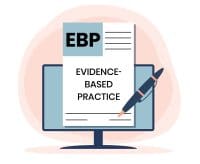Determining who should be named as an author for an article isn’t as simple as it might seem, yet it’s critical to those involved. Being able to list an article on a resume or curriculum vitae can provide a career boost, especially for those in academic settings, who are expected to publish regularly.
Publishing ethics require that authors meet certain standards. The most well-known effort to determine those standards are the Recommendations for the Conduct, Reporting, Editing, and Publication of Scholarly Work in Medical Journals, from the International Committee of Medical Journal Editors (ICMJE). The recommendations state that authors have to meet all four of the following criteria:
- substantial contributions to the conception or design of the work; or the acquisition, analysis, or interpretation of data for the work
- drafting the work or revising it critically for important intellectual content
- final approval of the version to be published
- agreement to be accountable for all aspects of the work in ensuring that questions related to the accuracy or integrity of any part of the work are appropriately investigated and resolved.
The criteria are helpful, but the first two lack specificity. The first is particularly problematic: What defines a “substantial contribution”? A task force of the International Society for Medical Publication Professionals (ISMPP) has answered that question, providing helpful guidance for writing teams.
Seeking consensus
The task force surveyed its members about current authorship practices related to the first ICMJE criterion, reviewed the literature, and assessed tools and algorithms for determining authorship in industry-sponsored research. Based on this work, the team categorized contributions into four categories:
- Concept and design: development or substantial modification of research idea, study design, methodology protocol, statistical analysis plan, or a combination of these activities (for example, significant intellectual input into developing or modifying the protocol and/or methodology)
- Data acquisition: significant contribution of data (quality and quantity) to the final analyses
- Data analysis: performance of data analysis and assurance of the integrity of the data and statistical analyses
- Data interpretation: derivation of conclusions, placement of results into context, or identification of knowledge gaps for future exploration.
An author can contribute in any one of these areas.
The task force provides additional examples for each of these in the article, available for free at tandfonline.com/doi/full/10.1080/03007995.2022.2050111.
Not an author
Perhaps just as importantly, the ISMPP task force noted contributions in each category that do not merit authorship. Here are some examples:
- Concept and design: writing the protocol or clinical study report, conducting a literature search, acquiring funding
- Data acquisition: study site monitoring, database management, data entry
- Data analysis: management responsibility, quality control, writing codes
- Data interpretation: editorial assistance, literature searches, compiling submission packages.
Again, you can find the complete list in the article.
Being fair
Being an author is an honor, but one that should only be conferred if it’s deserved. Although the ISMPP guidance focuses on industry-sponsored research, its recommendations apply to other types of research and other types of articles as well. Watch for the organization’s authorship algorithm, which is in development, for further guidance. It’s also important to have authorship discussions up front, before starting work on an article. In the case of research, it’s worth having a discussion early on in the process.
References
Carfagno ML, Schweers SA, Whann EA. Building consensus on author selection practices for industry-sponsored research: Recommendations from an expert task force of medical publication professionals. Curr Med Res Opin. 2022;19:1-8. doi:0.1080/03007995.2022.2050111
International Committee of Medical Journal Editors. Recommendations for the conduct, reporting, editing, and publication of scholarly work in medical journals. December 2021. icmje.org/recommendations
 Hi, I’m Cynthia Saver, MS, RN, president of CLS Development, Inc., which provides writing and editing services, and editor of Anatomy of Writing for Publication for Nurses, 4th ed. I’m also past editorial director for American Nurse Journal.
Hi, I’m Cynthia Saver, MS, RN, president of CLS Development, Inc., which provides writing and editing services, and editor of Anatomy of Writing for Publication for Nurses, 4th ed. I’m also past editorial director for American Nurse Journal.
I’ve been a full-time professional nurse writer and editor for many years, and that doesn’t count the writing I did as I fulfilled my nursing roles in clinical, research, education, and management. My passion is helping nurses share their expertise through the written word, including, but not limited to, publication. Writing can be scary and intimidating. I hope to make it less so and to help you develop your writing skills the same way you’ve developed your nursing skills.
Whether you’re considering your first or your 50th publication, want to contribute to your organization’s newsletter, or crave to be a better communicator online and in print, I hope you’ll find what I write helpful. The nurse publishing colleagues I’ve learned from over the years (many of whom are contributors to my book) may not be listed by name, but I’m grateful for their willingness to share. In that spirit, I’m looking forward to sharing with you! If you have feedback, feel free to email me at csaver57@gmail.com.




















1 Comment. Leave new
Great information!!